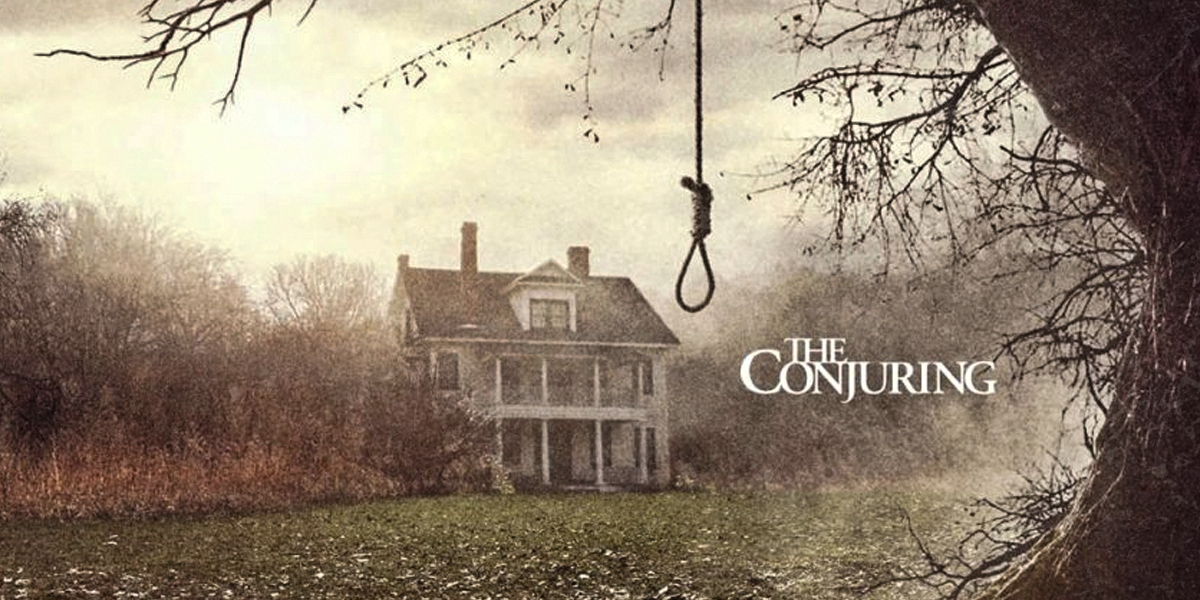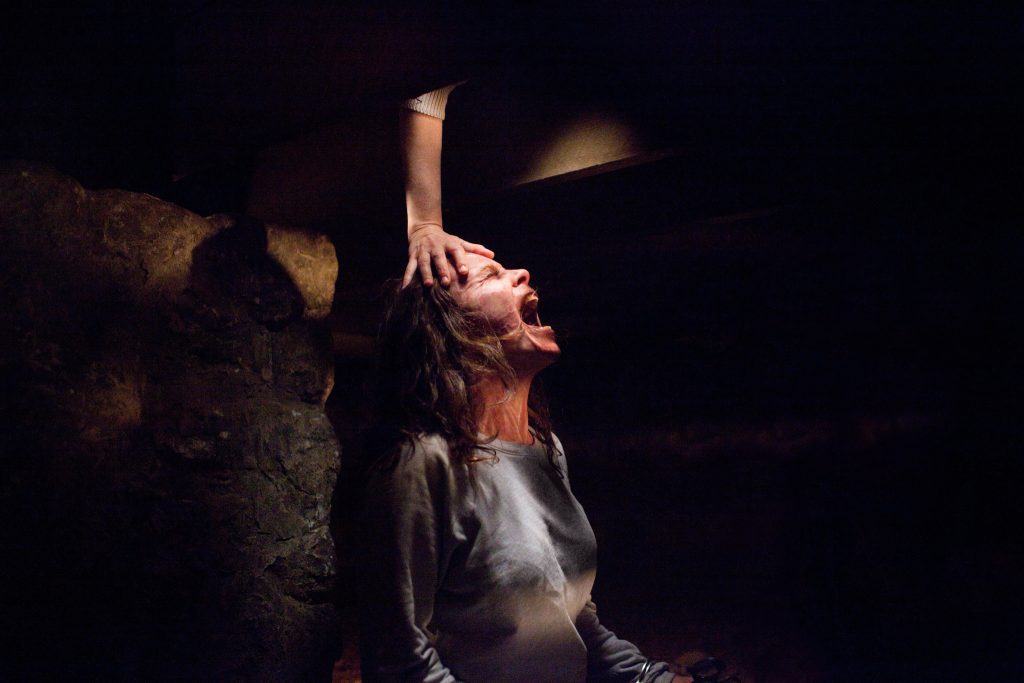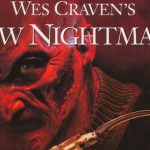The Conjuring (2013)

Released in 2013, The Conjuring marks a significant entry in the modern horror genre, showcasing the masterful direction of James Wan and the compelling performances of Vera Farmiga and Patrick Wilson as the renowned paranormal investigators Ed and Lorraine Warren. Based on true events, the film intricately weaves together elements of supernatural horror with psychological tension, creating a chilling atmosphere that captivates and unsettles audiences. The Conjuring not only revitalized the horror genre but also set the stage for a series of successful spin-offs, further expanding its terrifying universe.
The film follows the Warrens as they are called to assist the Perron family, who have recently moved into an old farmhouse in Rhode Island. Almost immediately, the family begins experiencing increasingly disturbing supernatural phenomena. From inexplicable noises and moving objects to haunting apparitions, the disturbances escalate, leading the Perrons to seek help from the Warrens, who have built a reputation for their work in the field of the supernatural. The narrative delves deep into the Warrens’ expertise, grounding the film in a sense of realism that heightens the horror elements.
One of the film’s most compelling aspects is the characterization of Ed and Lorraine Warren. Vera Farmiga’s portrayal of Lorraine captures her strength and vulnerability, showcasing her as a deeply empathetic character who is acutely aware of the dangers of their work. Patrick Wilson’s performance as Ed complements Lorraine’s character beautifully; he embodies a steadfast, brave figure willing to confront malevolent forces for the sake of others. Their dynamic not only serves to humanize the Warrens but also establishes a profound emotional core for the film. Their love for each other and their dedication to helping those in need resonate throughout the narrative, adding depth to their characters and drawing the audience into their plight.

James Wan’s direction is pivotal in creating the film’s tense atmosphere. Utilizing effective cinematography and sound design, Wan masterfully builds suspense through calculated pacing and chilling visuals. The use of shadows, dim lighting, and tight framing creates a claustrophobic sense of dread, effectively immersing viewers in the terrifying experiences of the Perron family. Wan employs classic horror techniques, such as sudden jumpscares, while also allowing for longer, drawn-out moments of tension that keep audiences on edge. This balance between traditional horror elements and psychological tension sets The Conjuring apart from other films in the genre.
The film also explores the theme of familial bonds and the lengths to which individuals will go to protect their loved ones. The Perron family, led by matriarch Carolyn (played by Lili Taylor), is depicted as a tight-knit unit, and their struggle against the malevolent forces in their home serves as a poignant reminder of the power of love and unity. The emotional stakes are heightened as the Warrens work tirelessly to save the family from the dark presence that threatens to tear them apart. This focus on familial love amidst horror amplifies the film’s emotional impact and makes the audience more invested in the characters’ fates.

Moreover, The Conjuring delves into the historical context of the haunting, drawing on the real-life case of the Perron family. The incorporation of actual events adds a layer of authenticity and intrigue, inviting viewers to explore the boundaries between reality and fiction. The film’s prologue, which introduces the Warrens’ investigation of the infamous Annabelle doll, serves as a chilling reminder that the supernatural elements are rooted in genuine experiences. This connection to real-life events amplifies the horror, making viewers question the nature of the unknown and the forces that may linger just beyond perception.
The film’s score, composed by Joseph Bishara, further enhances its eerie atmosphere. The music oscillates between haunting melodies and dissonant sounds, mirroring the film’s emotional trajectory. The score builds tension during pivotal moments, heightening the sense of dread and anticipation. Bishara’s compositions work in tandem with Wan’s visual storytelling to create a truly immersive horror experience.

In conclusion, The Conjuring is a masterful blend of supernatural horror and psychological tension, showcasing James Wan’s directorial prowess and the exceptional performances of its lead actors. By weaving together themes of love, family, and the supernatural, the film resonates on multiple levels, inviting viewers to confront their own fears and beliefs about the unknown. The Warrens’ dedication to helping those in need serves as a beacon of hope amidst the darkness, reminding us that love and courage can triumph over malevolent forces. As a cornerstone of modern horror cinema, The Conjuring not only terrifies but also invites reflection on the complexities of human emotion and the enduring power of the supernatural. Its legacy continues to influence the genre, establishing a chilling narrative that remains etched in the minds of audiences around the world.
Suggested videos for you:










